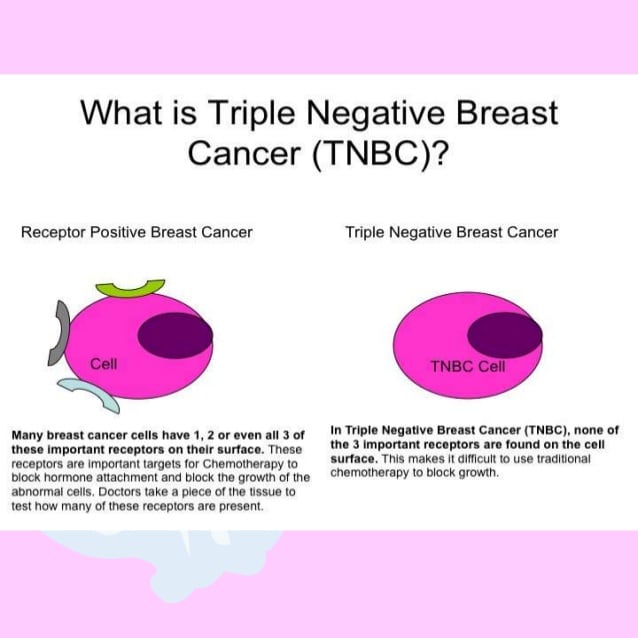
found TNBC in 15% of cases and noted that it is associated with a poor prognosis. According to Kümmel et al., among 3,054 women with breast cancer, the triple-negative subtype was detected in 11% of cases. Lesions of subclavian lymph nodes (LN) were found in 82% of patients. Stage 1 disease is set in 15%, stage 2 – in 43%, stage 3 – in 35% and stage 4–7% of patients. Īccording to Fayaz et al., TNBC represents 12% of the structure of BC. identified 6 subtypes: two basal-like, immunomodulatory, mesenchymal, mesenchymal stem, and one with androgen receptors.

Thus, according to gene expression analysis in 587 cases of TNBC Lehmann et al. Fundamental genetic research has established a significant heterogeneity of TNBC. It should be noted that TNBC is also not homogeneous. This subtype is detected in 10–20% of cases and is characterized by significant proliferative activity and growth rate, aggressive clinical course, early metastasis, and negative prognosis. One of the most difficult to treat is triple-negative breast cancer (TNBC), in which ER, PR, HER-2/neu are absent or detected in very low concentrations. Most often, an immunohistochemical (IHC) study is used to determine the subtype of the disease, which allows determining the level of expression of receptors on the surface of tumor cells – estrogen receptors (ER), progesterone receptors (PR), and oncoprotein HER-2/neu (human epidermal growth factor receptor 2 – the second epidermal growth factor receptor). BC is a very heterogeneous disease with a different course, prognosis, sensitivity to therapy, and other characteristics, due to the variety of genetic aberrations against this disease. According to a study by the global project GLOBOCAN, it is the most common cancer in women, accounting for 25.1% of all cancers. In recent years, breast cancer (BC) has confidently taken a leading position in the structure of morbidity and mortality from cancer in most countries of Eastern and Western Europe, Asia, and America. Therefore, the choice of the optimal method of surgical treatment taking into account the individual characteristics of the patient and the tumor, indications for chemotherapy, and radiation therapy remains an unresolved issue and requires further research.Įpidemiology and clinical features of triple-negative breast cancer The relevance of choosing the optimal method of operation is evidenced by the lack of generally accepted approaches based on informative markers for the prognosis of the course of the disease. In this aspect, organ-preserving and prosthetic methods of operations are promising, the feasibility and effectiveness of which are being discussed. Currently, the attention of researchers is focused not only on the radicalism of the operation, ensuring long-term survival, but also on achieving a good cosmetic result that determines the quality of life of patients. Surgical treatment is an integral part of complex therapy.

This review briefly analyzes existing treatment strategies for triple-negative breast cancer with a focus on surgical treatment.

This leads to a suspicious prognosis and, accordingly, encourages an increase of surgical treatment radicalism and aggressive systemic treatment. This subtype is characterized by significant proliferative activity and growth rate, aggressive clinical course, and early metastasis. According to the results of immunohistochemical studies, 10–20% of cases revealed a triple-negative type of breast cancer. Breast cancer is the most common cancer in women and the most common cause of death in working-age women.


 0 kommentar(er)
0 kommentar(er)
